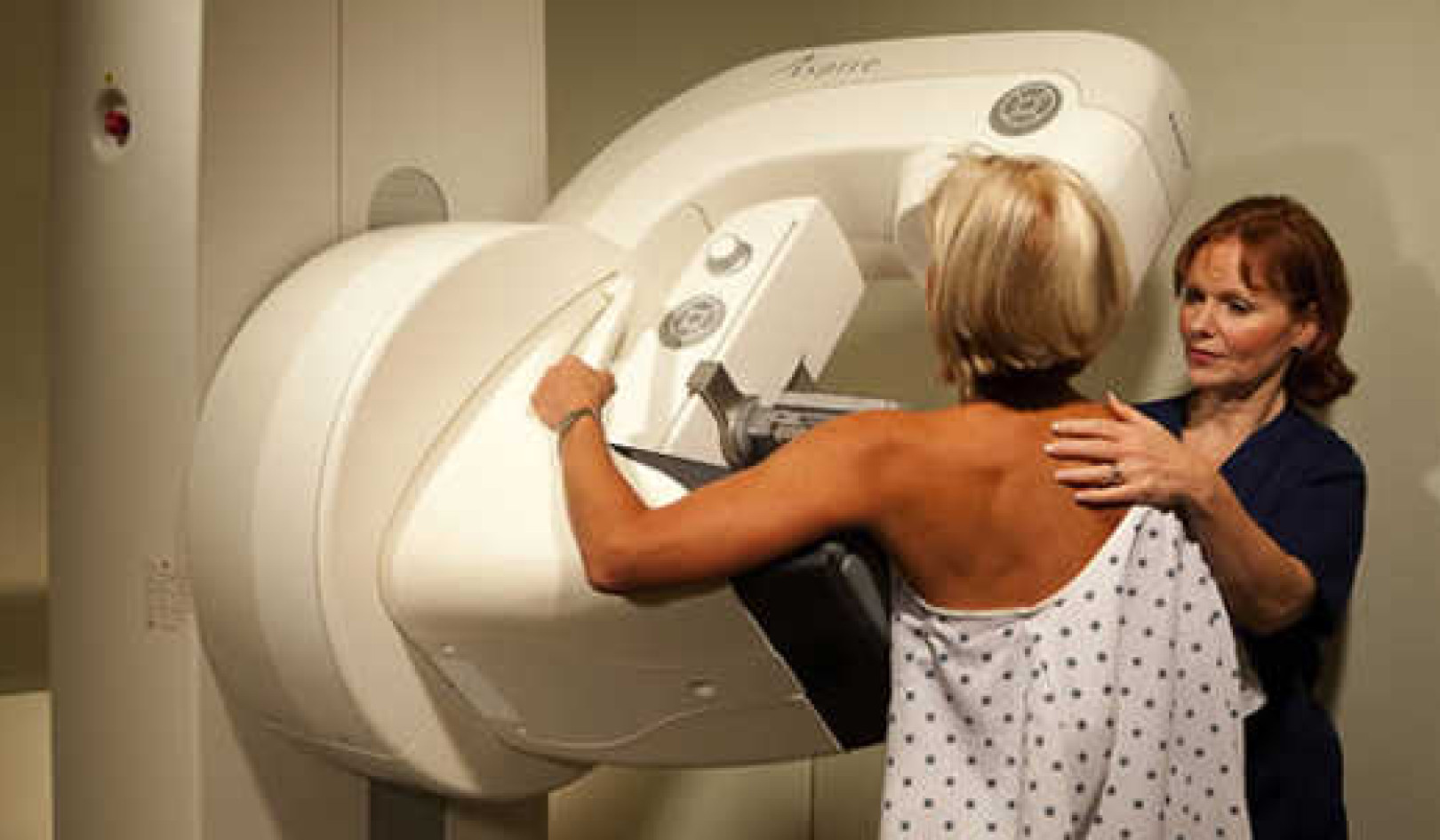
Cosmetics promise us many things, but could certain types of skin-care products containing vitamin A be harmful to unborn children?
Vitamin A is one of the most recognisable vitamins. It’s essential for tissue development and plays an important role in vision. In many developing countries, childhood vision problems are due to vitamin A deficiency.
Too much vitamin A can be harmful too, as Antarctic trekkers discovered. When starving, they ate their dogs (including their livers, which are high in Vitamin A) and suffered illness and eventually death.
Vitamin A is also important for skin integrity and function. Vitamin A is actually a group of related unsaturated fatty compounds that includes retinol, retinal and retinoic acid. Vitamin A and synthetic analogues of vitamin A are used to treat a variety of skin conditions, as well as some forms of cancer.
As well as dermatological uses of vitamin A, it may be found in some “anti-ageing” cosmetics and sunscreens because of its effect on the skin.
However, because vitamin A plays a role in foetal development, using pharmaceutical levels of vitamin A during pregnancy may interfere with the development of the foetus and cause deformities, especially of the face and palate. Is there a risk of this occurring with cosmetics?
What vitamin A is used for
Acne is a complex long-term inflammatory disease of the skin that centres on the hair follicle. There are excessive secretions in the follicle, too much protein is made and bacteria infect the site. Acne can range from mild to moderate to severe disease with the potential for disfiguring scarring.
Acne is resistant to many of the treatments that would usually be used in an inflammatory disease. Therapy for acne can be complex, but vitamin A in the form of “tretinoin” or “isotretinoin” plays a significant role in treating acne. Synthetic vitamin A is also used.
While most of these products are rubbed on the skin, oral isotretinoin is the treatment of choice for severe adult acne. Typical concentrations of trentinoin cream range from 0.01% to 0.1%.
Both Tretinoin and retinol have been incorporated into a variety of cosmetics and sunscreens. Tretinoin stimulates supporting cells in the skin to make more of the supporting structure of the skin, which reduces wrinkling and some of the damaging effects of sunlight on skin.
Tretinoin can also normalise some of the pigment changes in skin with ageing and sun exposure. While the initial research was done on tretinoin, retinol has been shown to be effective in cosmetic applications as well (although around ten times less potent than tretinoin). Cosmetics available in Australia appear to have retinol in them, rather than any other form of vitamin A.
While it’s generally accepted the ranges of tretinoin or retinol in cosmetics are similar to those found in pharmaceutically active products, this information can be very difficult to find. It’s also hard to find which “anti-ageing” products these compounds are actually in.
While some internet-based sales sites prominently feature their retinol content and one group claims to have a high 1% retinol content product (compared to 0.1% for tretinoin), another prominent anti-ageing product lists retinol under “inactive ingredients” with no actual concentration given.
Finding health warnings on cosmetics is variable as well. Aside from the risks of birth defects, tretinoin and retinol are both associated with adverse effects, ranging from rash and dry skin to irritation and burning.
Some cosmetics sites and products mention this, some don’t. None of the products I surveyed mention issues with birth defects in any easy-to-find place.
Vitamin A compounds and birth defects
Oral consumption of isotretinoin has been clearly shown to produce birth defects. However, tretonin and retinol applied to the skin are less likely to be associated with birth defects.
Tretonin is poorly absorbed from the skin and rapidly broken down. In animal studies tretinoin applied to the skin at levels higher than used in humans produced no birth defects. For example in rats, concentrations of 0.5 milligrams per kilogram per day were applied to the skin without effect.
Fewer studies have been done with retinol, but it too is poorly absorbed through the skin.
Overall, poor absorption and the small surface area the retinoids were applied to would suggest the levels achieved in the blood would be too low to harm the developing child.
There were early case reports (isolated reports after use of the product) of birth defects following skin application of tretinoin in humans. Since then there have been four relatively large studies in humans where pregnant women who were or were not exposed to tretinoin were followed for birth defects. No differences in birth defects were found between the groups (for recent reviews see here and here).
In the most recent and largest study reported in 2012, 235 pregnant women exposed to a variety of retinoids applied to the skin from the beginning of pregnancy were compared with 444 controls. No differences were seen between groups in rates of spontaneous abortion, minor birth defects or major birth defects. No child showed features of retinoid embryopathy (birth defects caused by Vitamin A).
The bottom line
Despite the low risk suggested by these studies, experts still suggest pregnant women avoid applying vitamin A-based formulations to their skin during early pregnancy.
On the other hand, if you have used a cosmetic containing a retinol or a similar vitamin A-like compound during pregnancy, there’s no need to panic. Stop using the product and consult with your health care professional.
If you are planning to becoming pregnant, it would be wise to check any “anti-ageing” cosmetics or sunscreens to determine which ones have retinol or other forms of vitamin A in them (you may have to do some sleuthing) and, as always, have a conversation with your health care professional.
![]()
About The Author
Ian Musgrave, Senior lecturer in Pharmacology, University of Adelaide
This article was originally published on The Conversation. Read the original article.
Related Books
at InnerSelf Market and Amazon























